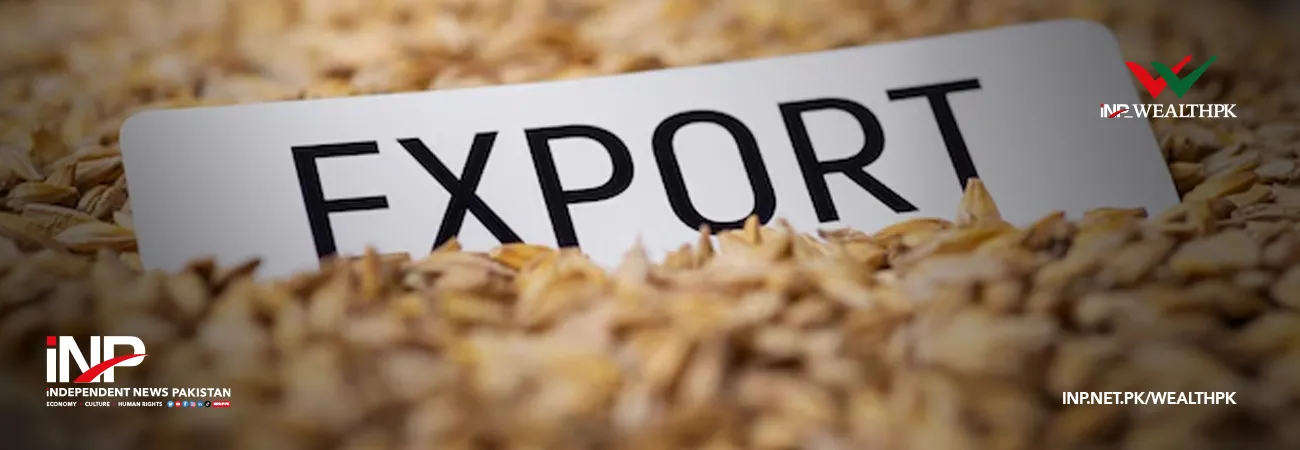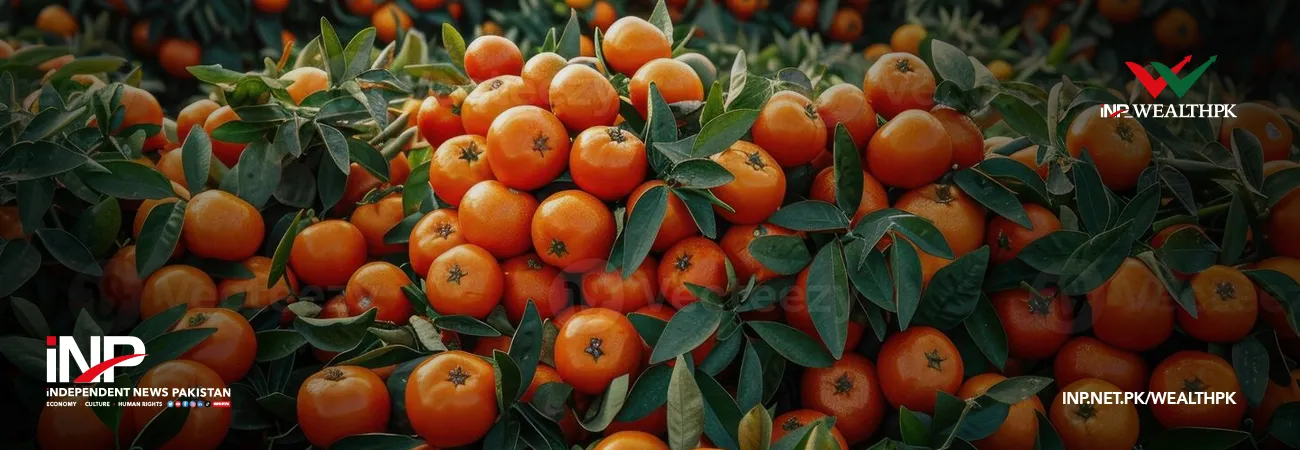INP-WealthPk
By Abdul Wajid Khan ISLAMABAD, Mar. 07 (INP-WealthPK): The Ministry of Finance said the trade balance and remittance inflows are expected to recover in the coming months. As a result, an improvement in the current account balance is foreseen, but these developments need to be closely monitored due to changing global and regional environment. According to the monthly economic update and outlook report of the Ministry for February 2022, exports and imports of goods and services declined in January 2022. This was expected as both exports and imports were usually supported by strong positive seasonal effects in the month of December 2021. In the month of January, these seasonal effects typically disappear. As a result, the trade balance in goods and services was affected in January. The trade balance and the remittance inflows are expected to recover in the coming months. The report said although the economic recovery is underway, the economy is also facing inflation and external sector pressure. The government is taking various policy, administrative and relief measures to counter the downside risks to the economy. Pakistan’s economy has achieved a significant growth of 5.6% in FY21, laying a foundation for higher and inclusive growth in the outgoing fiscal year. Thus, it is expected that the economy will grow around the target of 4.8% in FY22. However, the recent Russia-Ukraine conflict has heightened geo-political tensions in the region along with certain economic consequences. These tensions might further lift international oil and food prices, as well as other commodity prices outside their current cycles. The main question is about the potential strength and duration of this new inflationary factor. The main risk for the Pakistan economy is that these developments may further delay the downward correction in inflation and improvement in the current account balance. There is also divergence in the pace of economic recovery across countries and regions. New COVID-19 infections, persistent labour market challenges, supply-chain constraints and rising inflationary pressures have impeded the global economic recovery. In January 2022, both energy and non-energy prices increased by 8% and 4.7% respectively, compared to December 2021. On year-on-year (YoY) basis, prices are up 73.6% and 20.5% respectively, compared to January 2021. Among key groups, only fertilizers prices fell by 3.6%. Agriculture commodities prices rose by 4.2%, metals & minerals 7.3%, and precious metals 1.7%. The average month-on-month (MoM) inflation in the last two months has declined significantly, but in January 2022, international oil prices accelerated again due to geo-political tensions. Also, international food prices are on a rising trend. Due to these developments, the MoM inflation may increase in February when compared to January, but on YoY basis, the inflation is expected to decelerate. In real sector, for Rabi season 2021-22, wheat crop has been sown on an estimated area of 22.2 million acres (97.7% of target). Although fertilizer off-take slightly declined, marked improvement in the seeds and pesticides along with expansion in agriculture credit made achieving the wheat production target highly probable. During the first half of ongoing financial year (FY22), large scale manufacturing (LSM) sector posted a growth of 7.4% as compared to 1.5% during the same period of last year. In fiscal, monetary and external sectors, the fiscal deficit in Jul-Dec FY22 accounted for 2.1% of gross domestic product (Rs1,372 billion). The primary balance posted a surplus of Rs81 billion (0.1% of GDP). During 1st July-04th February FY22, money supply (M2) observed growth of 0.8% (Rs193 billion) compared to growth of 3.4 percent (Rs710.6 billion) last year. During Jul-Jan FY22, the current account deficit recorded $11.6 billion. The monthly economic indicators (MEI) remained strong in December. This is based on observed favourable movements in macroeconomic high frequency indicators especially the growth in LSM. The momentum in the economic dynamism observed in recent months is expected to have continued to support economic activity in January. Thus, the MEI is expected to remain strong in January. In the fiscal sector, consolidation efforts remained on track. Despite significant pressure on the expenditure side, prudent spending and effective resource mobilization strategy remained in place for better fiscal outcomes. Pakistan’s economic performance continues to be strong. Its cyclical position is slightly above neutral and the trend growth rate of potential output remains robust. In Jul-Jan FY2022, workers’ remittances increased by 9.1 percent and reached $18 billion as compared to $16.5 billion last year. Workers’ remittances continued their unprecedented streak of above $2 billion for the 20th consecutive month in January 2022. Pakistan’s total liquid foreign exchange reserves recorded $23 billion on February 23, 2022, with the State Bank of Pakistan (SBP) reserves now standing at $16.6 billion, while commercial banks’ reserves at $6.4 billion. The overall economic growth during the first seven months of the current fiscal is much better. All currently available information indicates that this economic dynamism will continue in the following months, in which case the government’s economic growth target for the whole year (around 5%) is likely to be realized.













